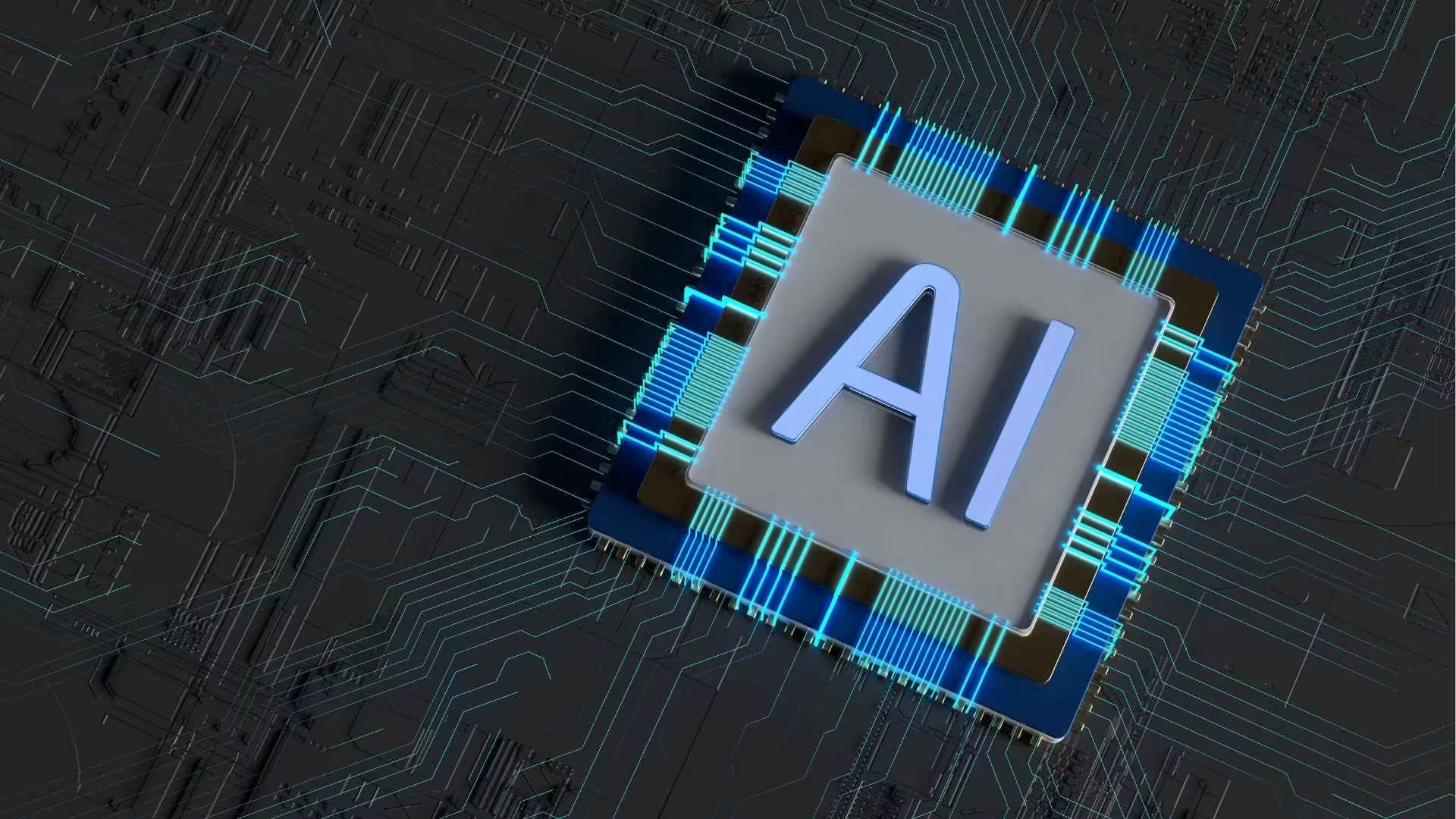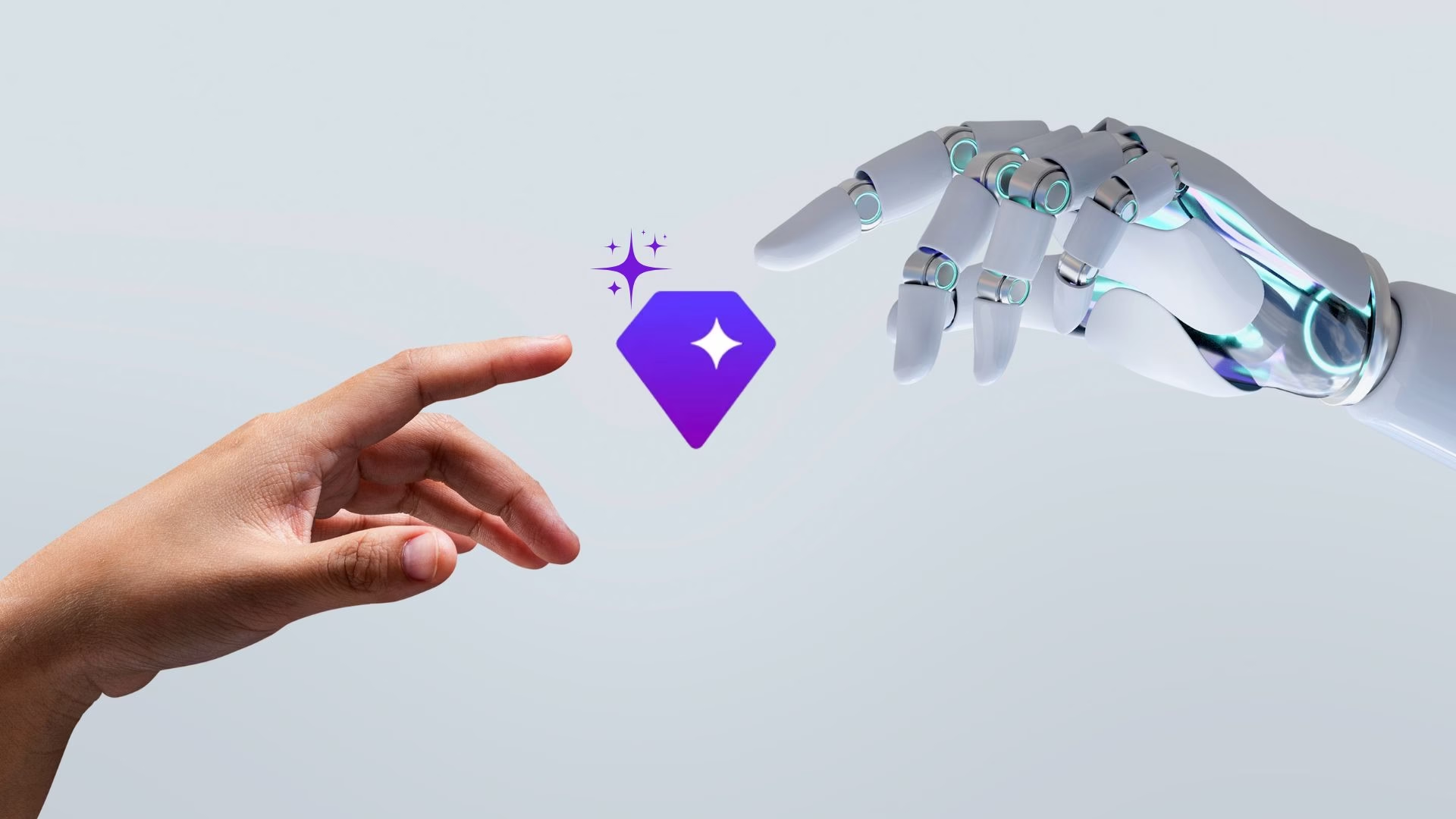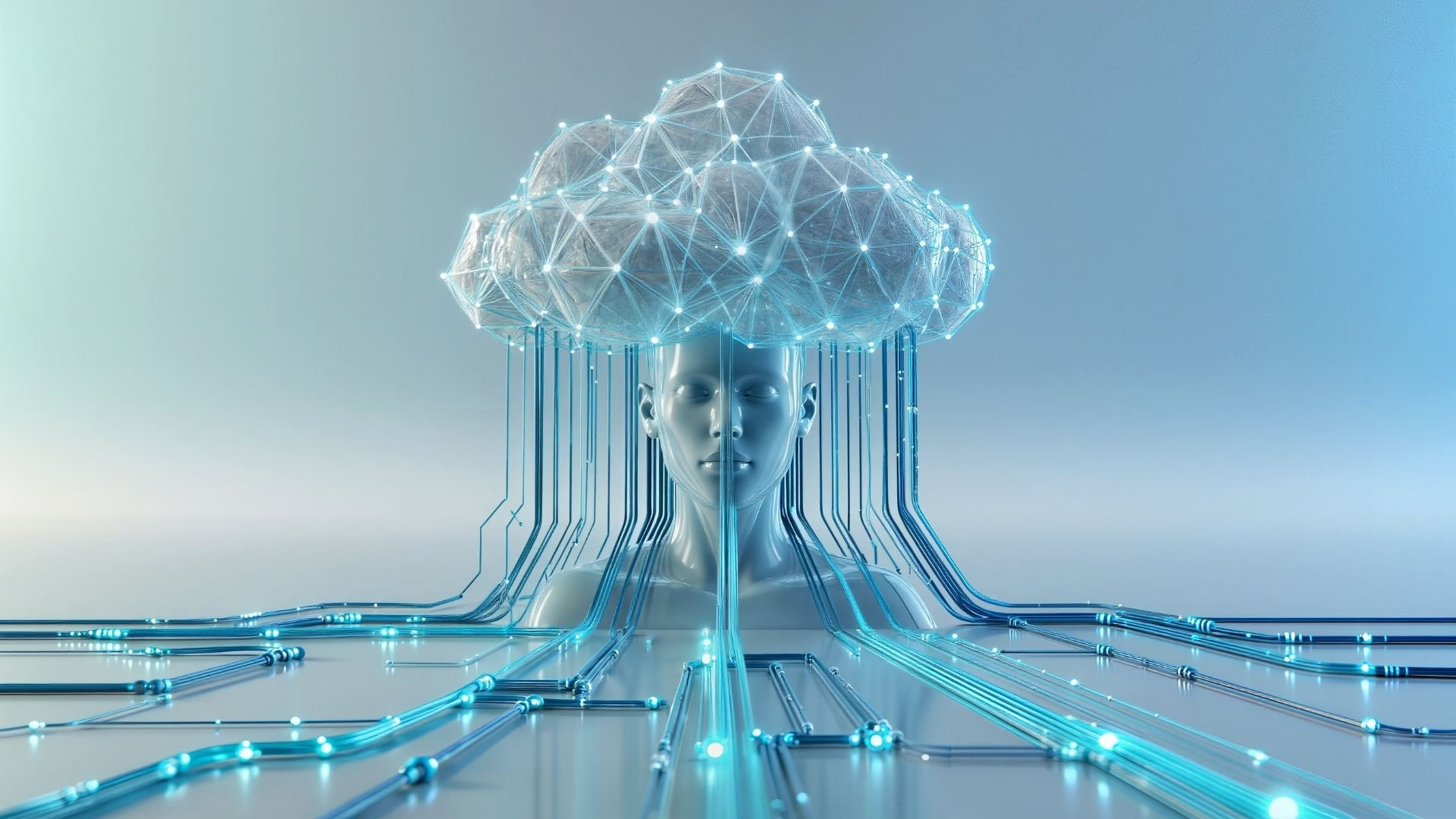Kickstart Your Journey with SAP Artificial Intelligence: Part 7 – Introduction to SAP Artificial Intelligence
Introduction
In our previous blogs, we explored various fundamental concepts surrounding artificial intelligence, including an introduction to AI, machine learning, deep learning, generative AI, large language models (LLMs), and prompt engineering. Each topic laid the groundwork for understanding the advanced capabilities of AI and its applications across industries.
Now let’s understand what’s SAP’s AI strategy.
This 7 part blog series is designed for anyone who wants to start learning about SAP AI. No matter what your job is or what you do, understanding the basics of Generative AI how it connects to SAP is a smart choice.
In this blog series, we’ll break down SAP AI into easy-to-understand parts, covering one step at a time.
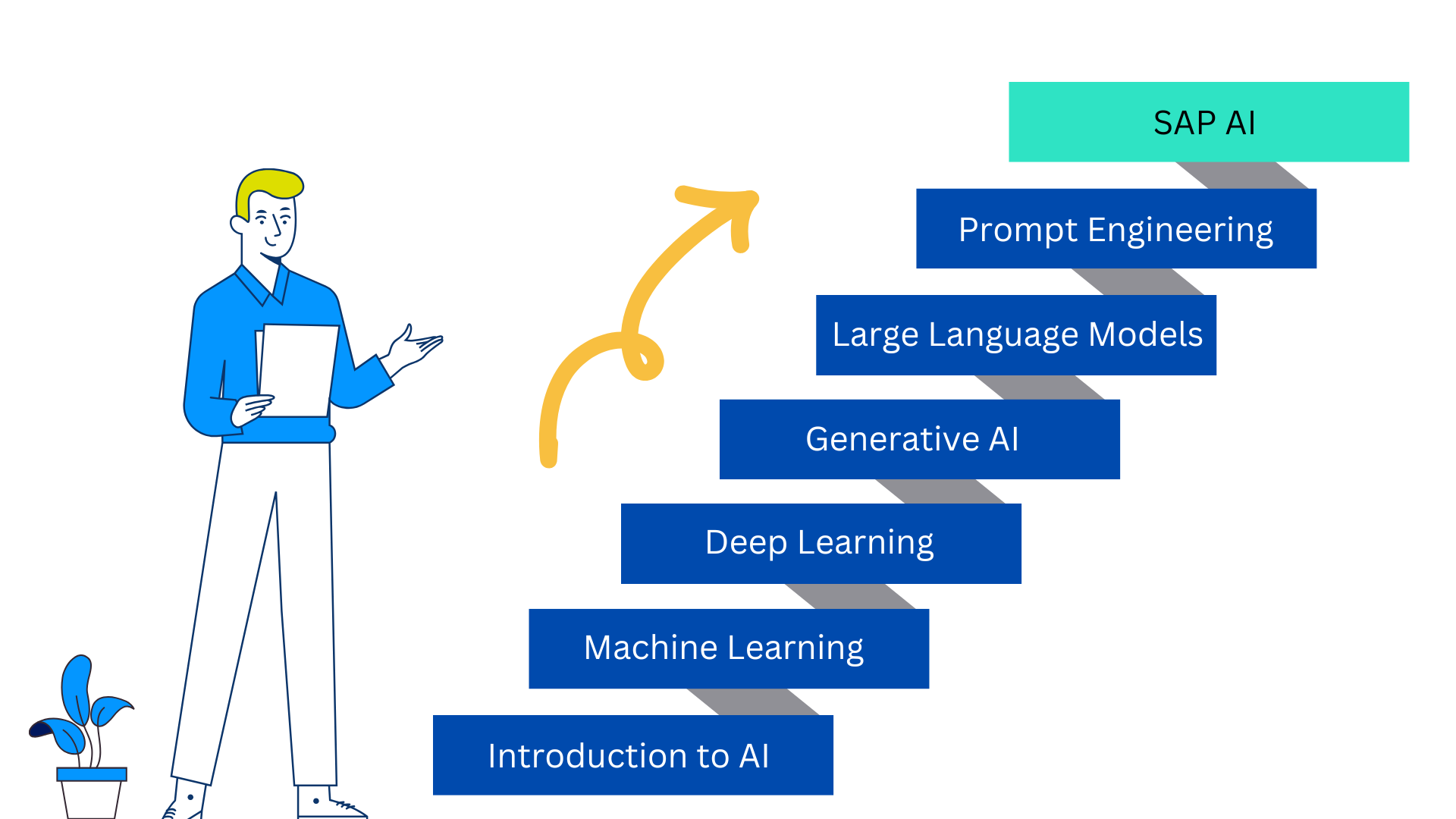
Part 1 — Introduction to AI
Part 2 — What is Machine Learning?
Part 3 — The Basics of Deep Learning
Part 4 — Getting Started with Generative AI
Part 5 — What Are Large Language Models (LLMs)?
Part 6 — Prompt Engineering: How to Communicate with AI
Part 7 — Introduction to SAP AI [Current Blog]
SAP’s Artificial Intelligence Strategy
SAP’s approach to AI is structured around its AI Strategy, which aims to infuse AI into applications and business processes through two main pillars:
- Embedded AI in SAP Applications
- Exposing Business-Centric AI Services via SAP BTP
Embedded AI in SAP Applications
SAP integrates AI capabilities natively within its business applications such as SAP S/4HANA, SuccessFactors, SAP Fieldglass etc. This allows customers to leverage AI without needing extensive development efforts.
For example, AI-assisted person insights in SuccessFactors helps managers identify discrepancies in employee compensation by analyzing historical data.
Similarly, the SAP Integration Suite now automates the creation of integration flows based on user-defined scenarios, streamlining the integration process.
In SAP Fieldglass, generative AI simplifies recruitment for external workers, enabling hiring managers to generate job descriptions 85% faster and project managers to deliver statements of work more efficiently.
Exposing Business-Centric AI Services
SAP is focused on offering targeted AI services through SAP Business Technology Platform (BTP) for custom scenarios. By partnering with AI leaders like OpenAI, NVIDIA, Microsoft etc SAP provides access to foundational models, enabling developers to build custom applications featuring generative AI.
Notably, SAP leverages Microsoft’s Azure OpenAI Service, allowing customers access to powerful LLMs without needing individual contracts with third-party vendors.
What is SAP Business AI?
You may have heard about SAP Business AI in multiple occasions and we want to simplify it for you. SAP Business AI encompasses a suite of AI-related solutions aimed at unifying SAP’s offerings.
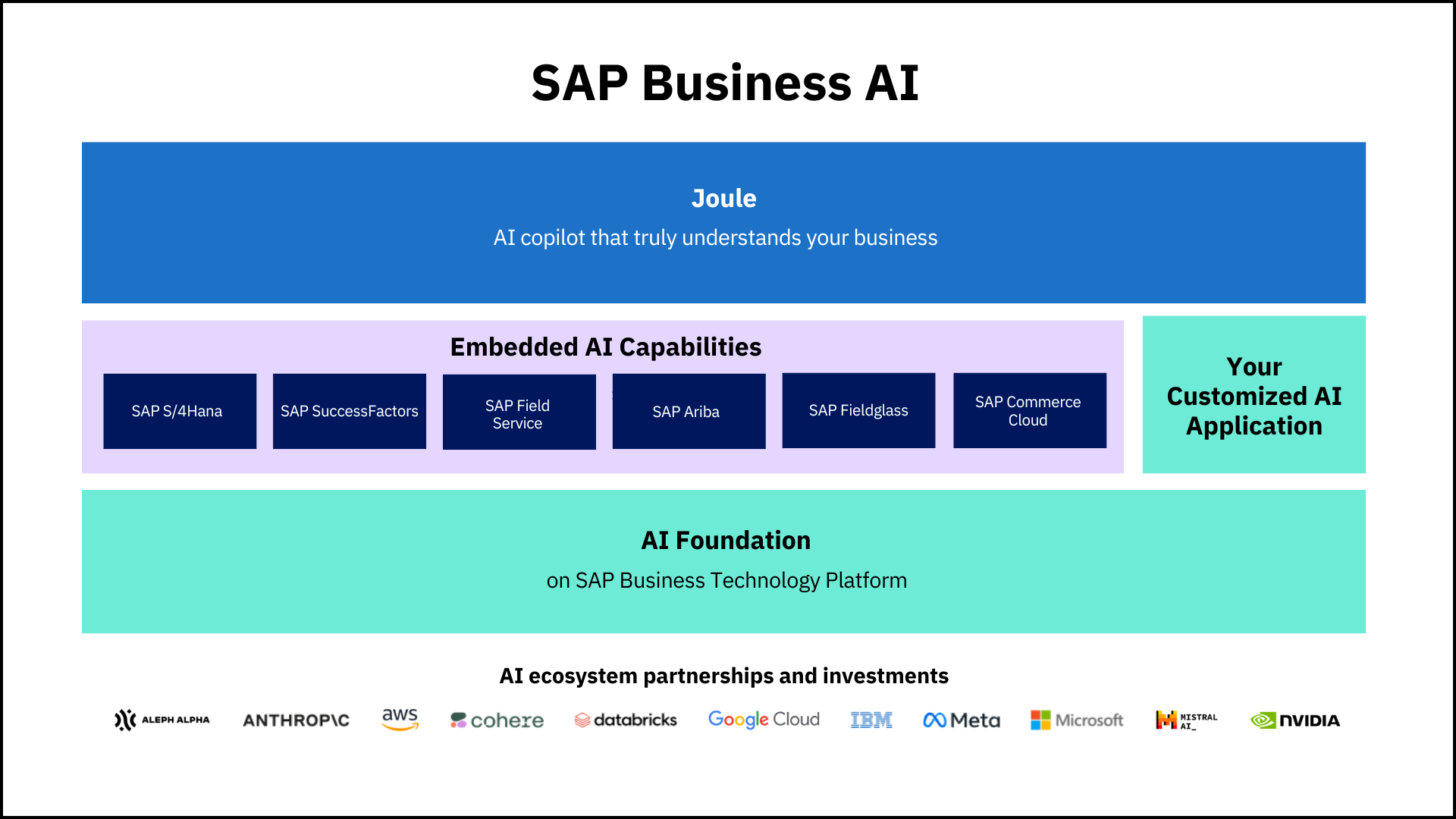
You can image it as an umbrella under which all AI related solutions are included. It’s just an idea but not a single product. It includes multiple components.
- Joule: An advanced generative AI copilot embedded throughout SAP’s cloud enterprise portfolio, delivering contextualized insights and enhancing productivity in a secure manner.
- Embedded AI Capabilities: As discussed earlier these capabilities are embedded across SAP solutions, offering functionalities like intelligent document processing, personalized recommendations, and forecasting.
- AI Foundation on SAP BTP: A collection of ready-to-use AI services and tools designed to accelerate AI integration into business processes.
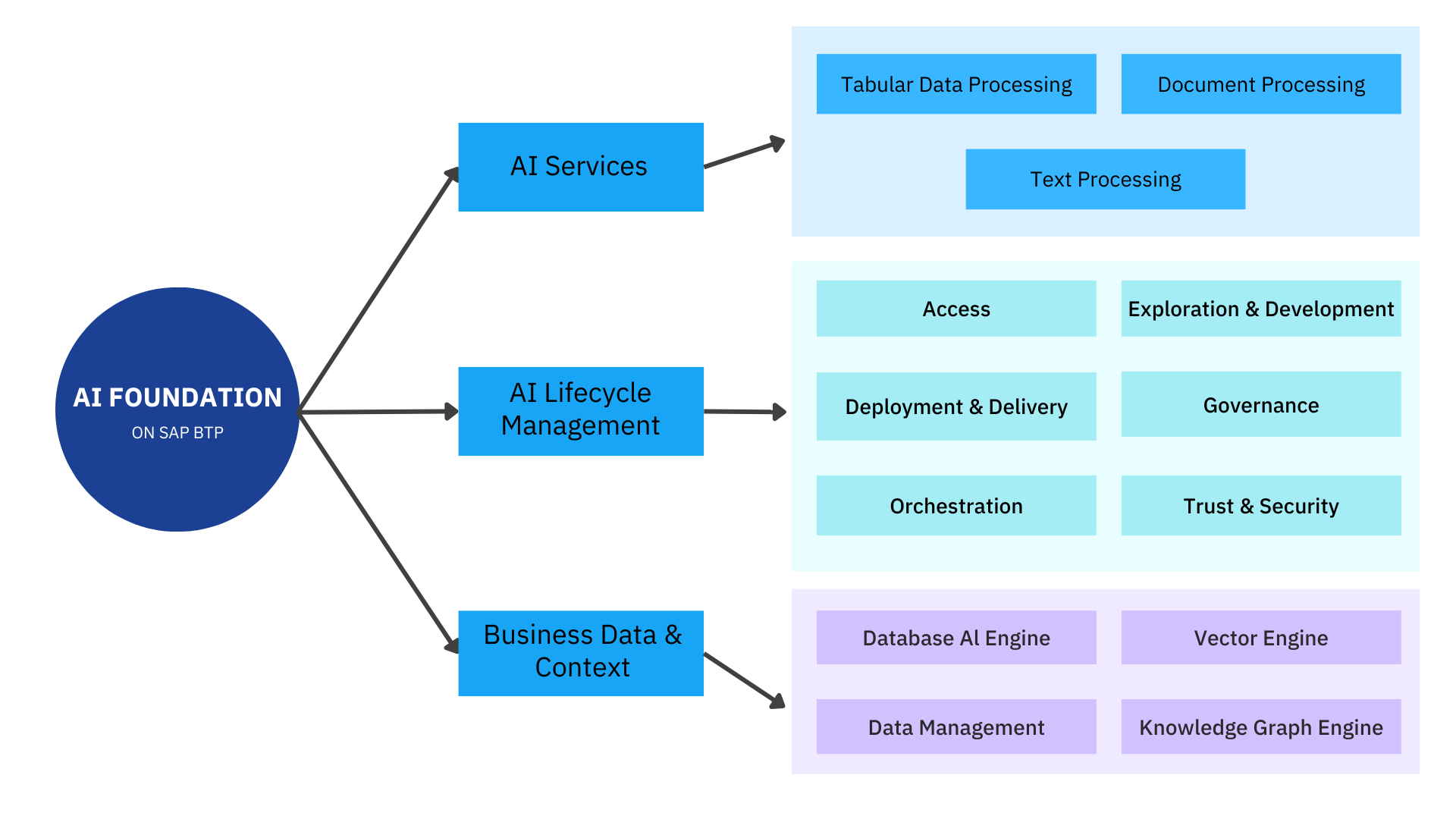
What About SAP’s Own Foundation Models?
We’ve seen how SAP is using other foundation models like OpenAI’s to build AI solutions. But is SAP coming up with their own LLMs? the answer is Yes!
SAP is developing the SAP Foundation Model, a table-native AI model designed for predictive tasks on tabular data. Unlike LLMs, which excel in text generation, the SAP Foundation Model aims to outperform traditional methods in classification and regression tasks, thus ensuring reliable and relevant AI solutions tailored to business needs.
Conclusion
SAP Generative AI is not just about leveraging advanced technologies; it’s about embedding AI seamlessly into business processes and applications. By providing users with powerful tools and insights, SAP is committed to helping organizations unlock the full potential of AI to drive better outcomes.
Stay tuned for more insights as we continue our exploration of SAP Generative AI and its transformative impact on the business landscape.
🤔 What if the smartest career move you make this year is learning SAP AI? Discover the SAP AI Masterclass on Udemy (crafted by Ex-SAP Employees)
